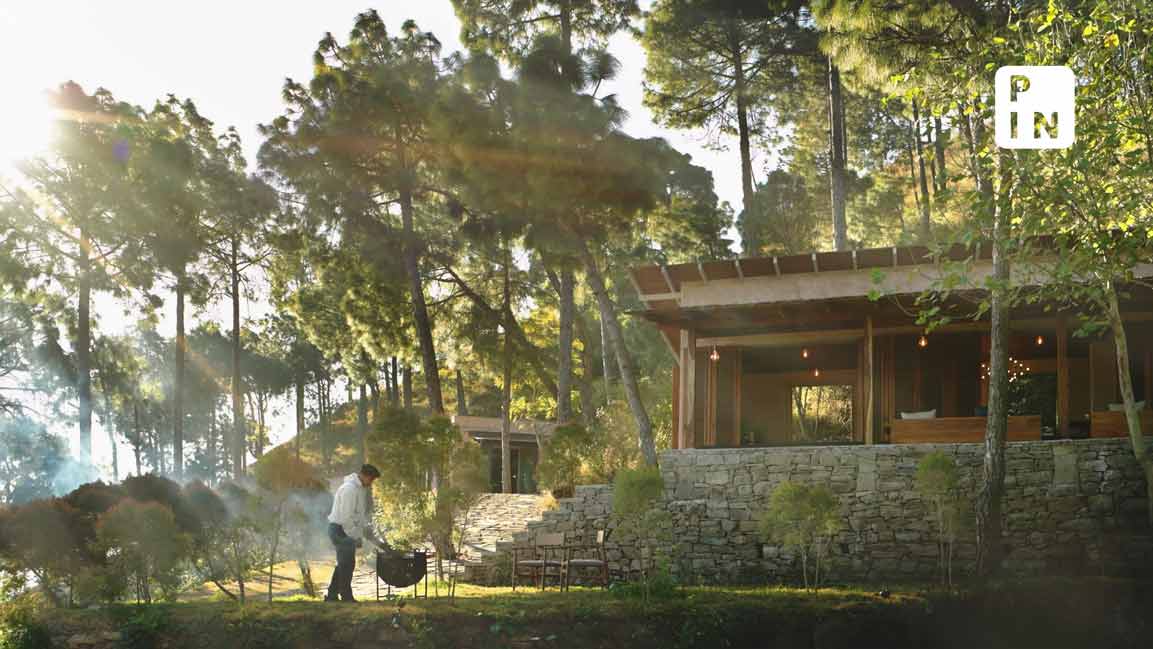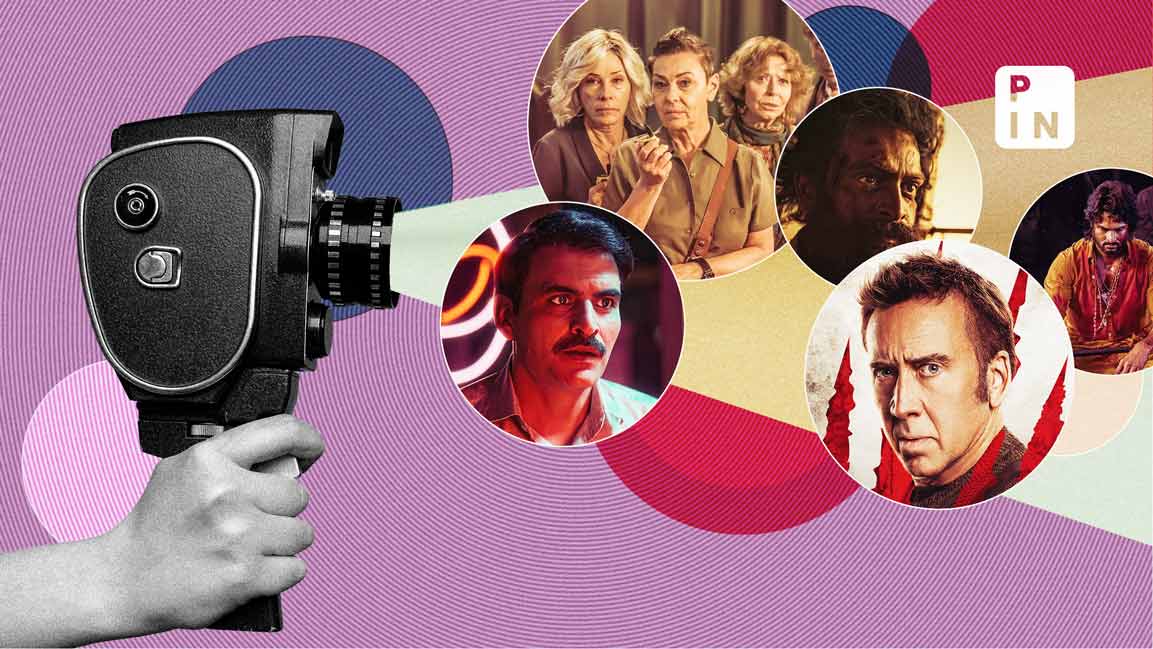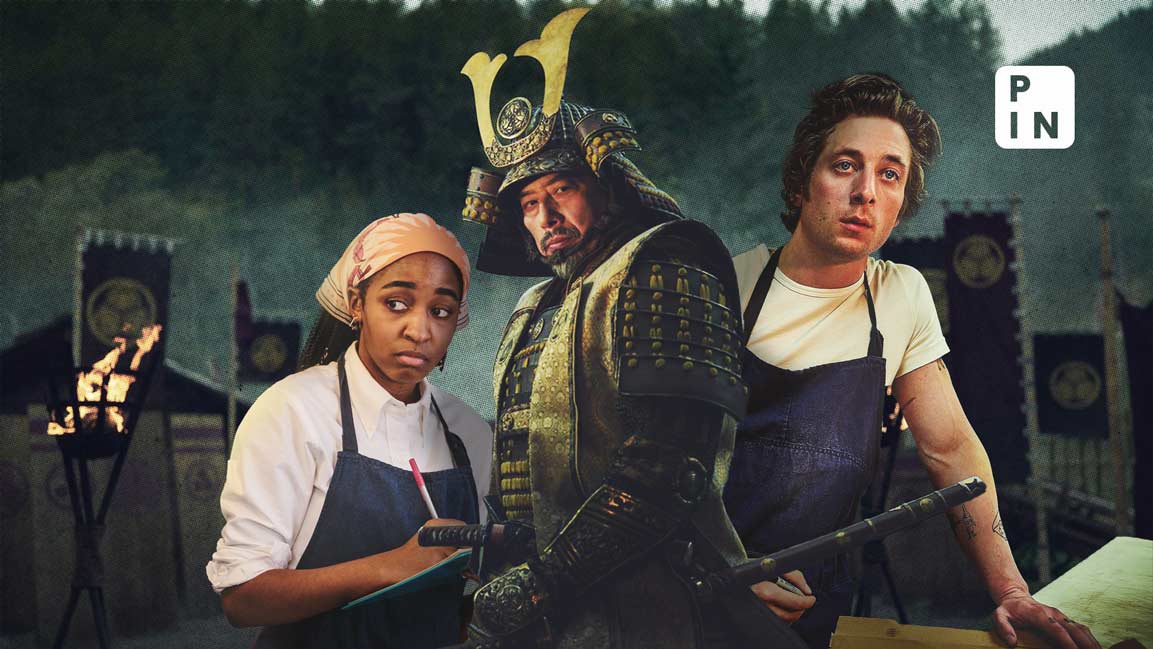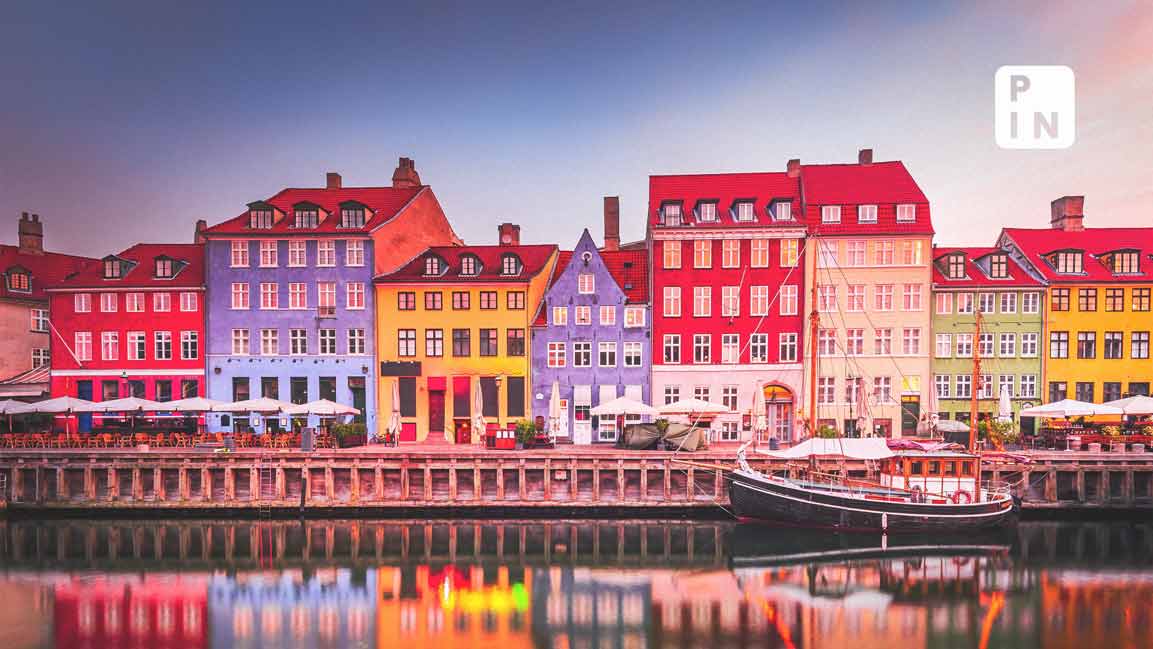- | 2:00 pm
La Sirène is about hope and coming of age in time of war: Sepideh Farsi
Filmmaker Sepideh Farsi speaks on La Sirène, a film set in the Iranian city of Abadan against the backdrop of the Iraq-Iran war of the 1980s
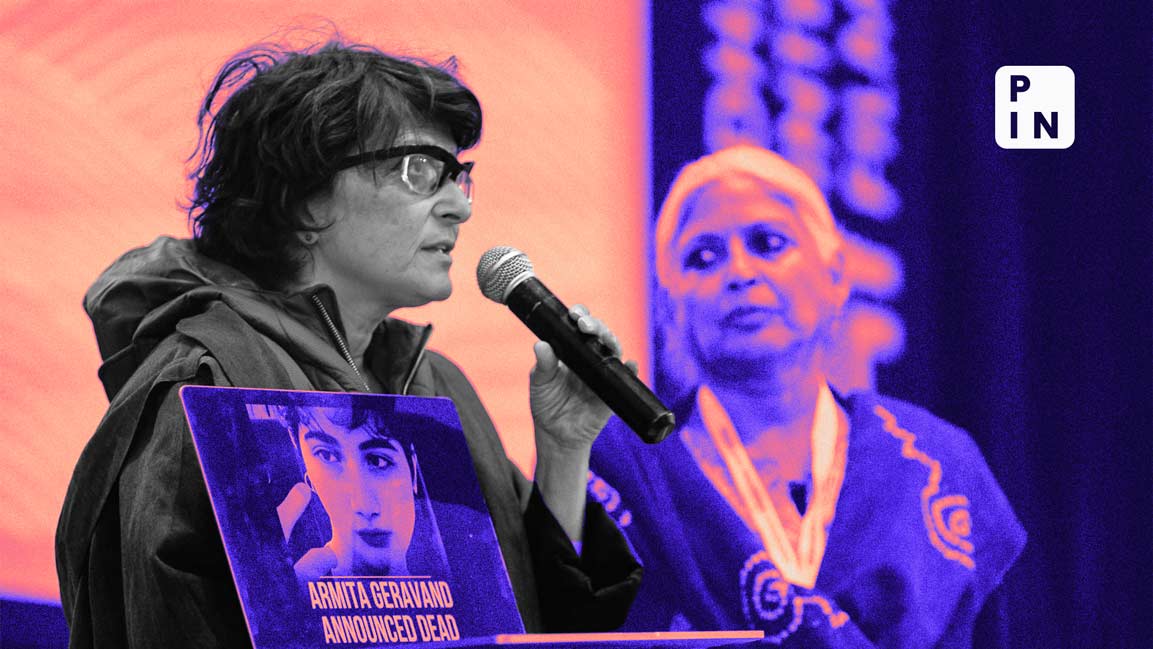
Sepideh Farsi’s La Sirène (The Siren پری آبادان ), with its minimalist animation and captivating score, made a striking impression at the Dharamshala International Film Festival last week.
Set in Abadan, the largest port city of Iran, during the onset of the Iraq-Iran war in the 1980s, the story revolves around 14-year-old Omid who is playing a game of football as an Iraqi missile strikes the oil refinery in Abadan. This attack sends his city into a frenzy and the chaos that ensues is inspired by real life events.
In a very short span of time, Omid’s life is thrown headfirst into a conflict of which neither he nor his family are a part of, yet they must face the bloody war and fight for survival.
Farsi uses a minimalistic style of animation, accompanied with a stellar soundtrack and characters that breathe life into every frame.
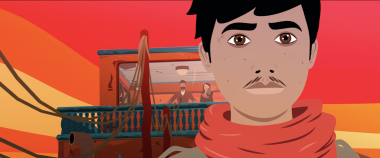
A still from ‘The Siren’.
[Photo source: Bac Films]
Edited excerpts of an interview:
What inspired you to tell this story?
The Siren is a film set against the backdrop of the Iraq-Iran war. It is a very important conflict not only for Iranian history but also for the entire Middle East, as it changed the face of that region. It was the first Gulf War and has been long forgotten. Even then, my point was not to make a film about war, but to make a film about resilience. My film is about having that choice as a teenager, when you’re at that age where you’re neither a child nor an adult.
The main character of the film, Omid, whose name translates to “hope” in Persian, is a teenager who is put in a position where he has to find his way in the time of war. He has to figure out how to fight and resist in his own way without taking up arms.
It’s a film about hope, about life, and about coming of age in the time of war.
What was the significance of setting up opening the film with the attack on the oil refinery?
The oil refinery in Abadan was at that time the biggest one in the Middle East, along with Abadan being one of the biggest ports in the region. So, the fact that (then Iraqi President) Saddam Hussein’s forces attacked that port and the refinery at the very beginning of the war was a very strategic decision. It was not just political, it was a very important blow for Iran. They were convinced that Iran would not resist since it was just a year after the so-called 1979 Revolution and the fall of the Shah, and the Iranian army was still in chaos. Therefore, it was a very targeted attack.
What made you choose Abadan to tell this story about the Iraq-Iran war?
Abadan was a very important city back then, and still is. It’s a cosmopolitan city and has a very mixed, multicultural population, and a very important city for music and culture in that region of south of Iran. It had people from all cultures coming together, had a sizable Armenian population, as well as a majority of Muslims (Shiites and Sunnites), and as you see in the film, even the famous Greek photographer, all living together in harmony.
What was most remarkable about the city was the fact that many Abadanis decided to stay back and not flee the Iraqi army, but to resist. The siege of the city lasted for eight months and it’s a brilliant example of civilian resistance. I thought it was an interesting way to depict the war, and at the same time it showed a different facet of the Iranian society, in all its multiplicities, the different communities cohabiting together.
Why did you choose animation as the medium to tell this story?
There are several reasons for that. The subject of this film addresses the Iraq-Iran war, and with a live-action medium it would’ve been a huge undertaking production-wise. That is not the kind of cinema that I cherish, personally, I’m more into intimate storytelling even if the background is historically very important. Animation gives you the option to build many things that don’t exist, though it is also very costly and difficult to create. It allows you to take a distance and makes it possible for you to construct a city, and an era that doesn’t exist anymore. Animation also gives you the freedom to mix a more real surrounding with a dream-like world, as I have done in some parts of the film.
What was it like working on an animated feature for the first time and collaborating with someone who understands your vision?
I really clicked with Zaven Najjar, who designed the film, when I met him. The style of his design was the right one for me and he had the sensitivity and sensibility because of his background, to be responsive to this theme. His father was an armenian from Aleppo, Syria and he had this war in the background of his DNA. The most important and delicate thing was to convey my intentions as precisely as I could and figure out the right tools to work around it. He didn’t know anything about Iran and especially the 80s, he is too young for that. I did extensive amounts of research, to dig out my own past, as the story goes back to my own teen years, even though I didn’t live in Abadan. I did research to find reference images and visuals, or bits of films and written material to nourish him and rest of the animation team.
Now that some Iranian audience in the diaspora see the film, and even some Abadanis, they tell us that watching The Siren, really takes them back to Abadan, it’s very touching and rewarding because it seems like we were really able to recreate that era.
The film has a stellar soundtrack and then there are moments of complete silence when the audience is left with the image, what was it like creating a soundscape for this film?
I had some pieces of music in mind that inhabited me and there were some existing folk music pieces that we knew we wanted to work with, right from the storyboarding process. When we started working with Erik Truffaz, who did the original soundtrack of the film, he had no experience of animation and it was very tough for him to respond to black and white rough sketches at the stage of the storyboard. We had to wait till the images were finished, therefore he didn’t really compose until later during the process. I asked him to use a couple of traditional Iranian percussion instruments in his score, and the Iranian bagpipe, so it became a fusion. I wanted to build a patchwork with the sound as we did with the image to convey the richness of the Iranian culture, also through music, because we have many kinds of music co-existing in Iran.In the film, they all convey different layers of emotion.
For the soundtrack to be effective, it needs moments of silence especially for a film like this where we have really heavy moments. If there is constantly a lot of sound, you drown the soundtrack of the film. It was a very conscious decision to have moments of silence during the film at certain points that are really tragic. I find it more powerful that way.
What made you choose DIFF to screen your film and what has been your experience?
I got an invitation from my old friend Bina Paul, whom I have known for many years from the International Film Festival of Kerala where I had shown my film, The Gaze, back in 2005. I was coming to the Jio MAMI Mumbai Film Festival with this film and Bina called me over to show my film here. I thought it was wonderful because I had never been here and I really appreciate the atmosphere and the overall mood of the festival. It’s very open, the selection is very eclectic and the festival is really democratic in its functioning.
What makes this different from the other spaces that you have screened your films in?
I have been to Goa, Kolkata, Chennai, Kerala, and Mumbai, so quite a few of them, and it is indeed very different. It is much more engaged, cinephilic, politicised, and open to different discourses and has a roster of films that talk about the society and the issues all around the world. It’s very interesting to see films here and I have made many discoveries while browsing through the different venues so I’m very grateful.
How have you liked the other films that you’ve seen here?
It’s very motivating and invigorating because you discover different ways of filmmaking. Many young filmmakers are here and I’m seeing quite a lot of interesting cinematography from Indian filmmakers, which I previously did not know much about.
The last one I just saw was Rapture, which was very interesting and different from other films that I have seen. Yesterday, I saw Anand Patwardhan’s documentary The World is Family which was also something very peculiar and different from the usual Bollywood films that we mostly get a hold of, abroad. Even though I know the classic auteur films coming out of India, this is the new generation of filmmakers I got to discover here.
This new generation of Indian filmmakers are not making the old school kind of arthouse films, they are up to the global standards and very up to date in the way they approach the cinema, but at the same time, they have a specific way of handling different themes that are very specific to Indian society. This combination of a very global way of filmmaking that is very far from the Bollywood style, and not the Hollywood way either, but something entirely of their own while addressing topics that are very Indian, is very interesting and announces a new wave in the Indian cinema.





